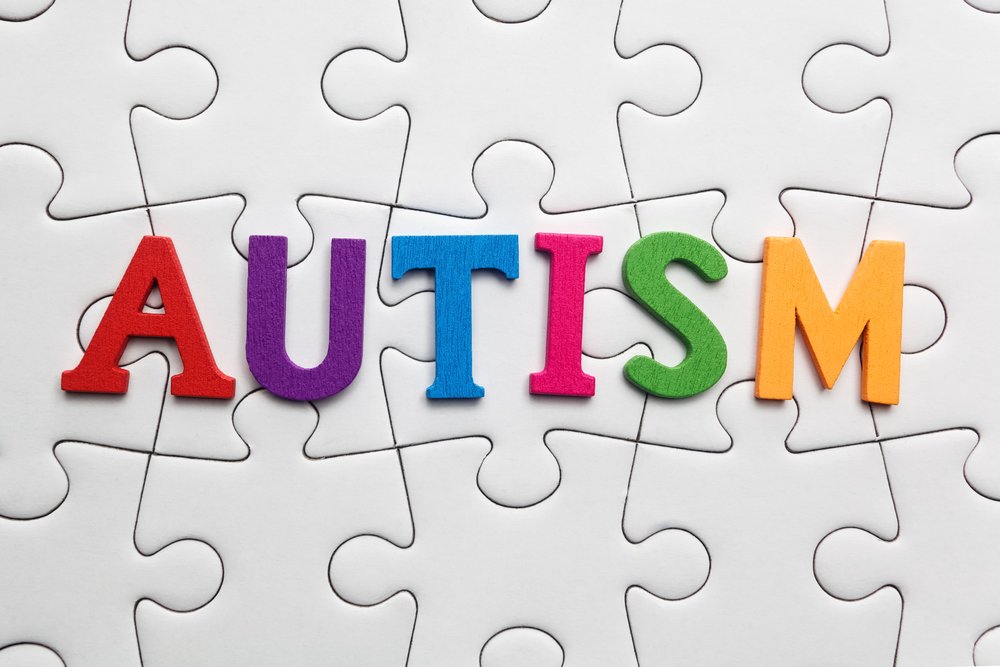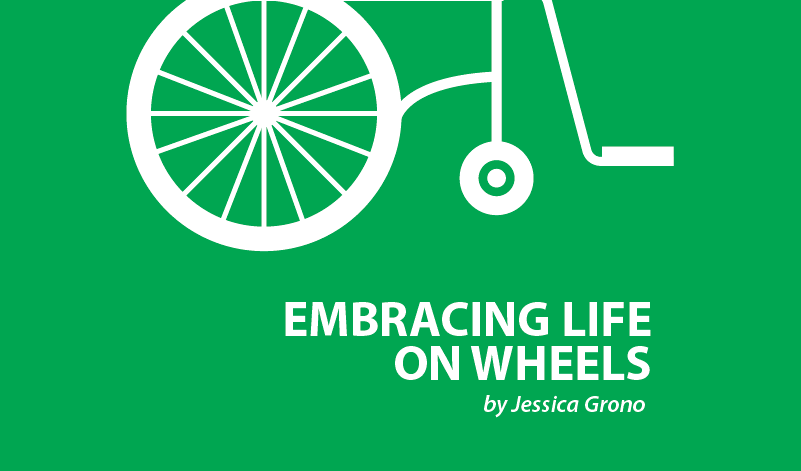April is Autism Awareness Month


April is Autism Awareness Month, and April 2 was World Autism Awareness Day — with many people wearing blue to show their support of autism awareness. Across the country, special events and educational workshops concerning autism will take place this month. Surprisingly, cerebral palsy (CP) and autism are somewhat related, so it helps to learn more about autism.
According to AutismSpeaks.org, one in every 68 children in the United States is autistic — or more specifically, one in 49 boys and one in 189 girls. CP sometimes co-exists with autism. In fact, 7 percent of children with CP also have autism, yet the link between the two diseases has yet to be identified.
Autism encompasses a range of social and communication difficulties, as well as repetitive behaviors. However, people with autism can have very unique strengths and incredible intelligence. Autism is often referred to as autism spectrum disorder because the disability has so many degrees, severities and differences. There is no one type or kind of autism; all are caused by a combination of genetic and environmental factors. We have come a long way in understanding autism, but we still have a long way to go.
Unfortunately, many people are uncomfortable meeting someone with autism, especially if it is more noticeable. But thanks to increased education efforts, autism’s stigma is beginning to fade. Signs of autism appear in children as early as 18 months of age; doctors and therapists urge parents to start therapy as soon as possible. The earlier a treatment plan begins, the easier it is for both child and parents.
The symptoms of autism can be present in anyone at any age. But it’s important to note the frequency and intensity of some behaviors. If your child has CP, it might be difficult to pinpoint if certain symptoms are related to the CP or the autism. CP is more of a physical limitation, while autism is more of a behavioral limitation or exaggeration.
Here are some things to watch. Does your child avoid eye contact or have trouble relating to other people’s feelings or point of view? Does your child constantly repeat certain phrases, become nonverbal or get very upset when a routine is changed? Is he or she fixated on certain objects or hobbies? Does your child prefer to be alone, or engage in repetitive physical behavior? Sometimes a toddler might be progressing in a task and then suddenly stop progressing. If you are concerned about one or more of these symptoms, check with a doctor.
For Autism Awareness Month, I challenge us to open our minds to people with autism. Staring and making rude comments does not help anyone. Did you know that most people who have autism are very intelligent? Asperger’s syndrome, for example, is on the autism spectrum. Many people with Asperger’s are high-functioning and extremely smart. The main challenge for them is often showing empathy and exhibiting other social skills. Get to know someone without judgement. Be patient, and don’t assume you know what the problem is.
A puzzle piece is a common symbol for this complex disorder. Puzzle pieces also represent how we are all connected to the bigger picture. Remember to be ready to embrace, educate and be aware of others who have autism.
***
Note: Cerebral Palsy News Today is strictly a news and information website about the disease. It does not provide medical advice, diagnosis, or treatment. This content is not intended to be a substitute for professional medical advice, diagnosis, or treatment. Always seek the advice of your physician or other qualified health provider with any questions you may have regarding a medical condition. Never disregard professional medical advice or delay in seeking it because of something you have read on this website. The opinions expressed in this column are not those of Cerebral Palsy News Today, or its parent company, BioNews Services, and are intended to spark discussion about issues pertaining to cerebral palsy.



Leave a comment
Fill in the required fields to post. Your email address will not be published.